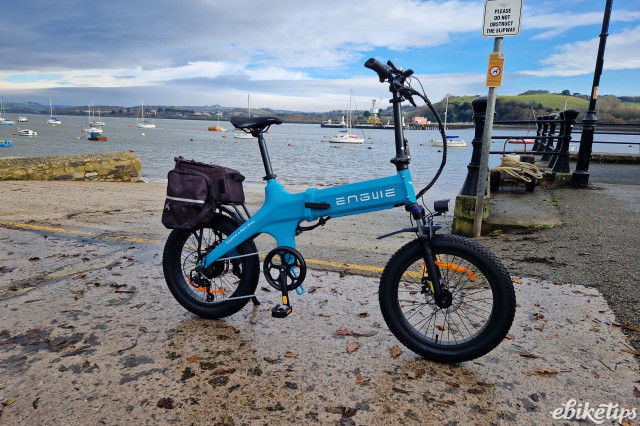Are electric bikes good for exercise? Short answer: yes. But you've no doubt landed here wanting a bit more than that, so let's delve a little deeper. The main question you need to be asking yourself is: how much exercise do you want to do?
On the face of it, adding a powerful motor to a bike doesn't look like the best way to make it a workout. And one of the great things about an electric bike is precisely that: if you don't want to get sweaty and tired – and on the daily commute, there's lots of people who don't – then you don't need to: the motor is there to take the strain and get you to where you're going without too much effort.
On the one hand, that looks like less effort. But on the other hand, it's not no effort, which is more or less what you'd be asking of yourself if you drove to where you were going. So if you're making the switch from a car, you're upping the amount of exercise you do. And that's good for you. A recent study by the University of Colorado found that when sedentary commuters - individuals who travelled to and from the office in their cars – switched to an e-bike, they saw marked improvements in their cardiovascular health, an increase in their their aerobic capacities and an improvement in the control of their blood sugar. They got healthier. Electric bikes are good for you.
That's true of a normal bike too, you might say, only more so. Maybe, but one difference between riding an e-bike and riding a standard bike is the luxury of choice.
Most motor systems have multiple levels of assistance, from a gentle push to a hearty shove. And how much effort you're going to have to put in will depend on which you choose. So, on the way down to work you might be in your smart clothes and wanting to stay fresh: pick a high assistance level and let the bike do the lion's share of the work. On the way back? You might fancy a longer loop, and you can shower when you get home, so you could change into something a bit sportier and knock the bike back a couple of notches to get yourself glowing. It's up to you: you can choose exactly how much you want to do yourself. It's very liberating.
One other thing that adjustable assistance means is that groups of riders that are very different in terms of their fitness can easily ride together. This is especially noticeable when you're mountain biking, where the average speeds are lower. If you wouldn't normally be fit enough to stay with a group of friends, you can add a bit of power to keep up when you're lagging back. If everyone's on an e-bike then the fitter riders can stick to a lower level and the less able group members can get more help. If having a motor means you're out riding with your mates when you'd not otherwise be able to, then that's a big bonus, and it means you're getting more miles and more exercise. And don't discount the amount of upper-body exercise you're getting from hauling a big trail bike around, either! We know of professional mountain bike teams who use e-MTBs on recovery days: you get to give your legs the day off, but you're still doing some strength conditioning and also honing your trail skills.
All in all, there's a lot to like about e-bikes, and the fact that you can tailor the assistance to your personal objectives is one of the best things of all. Yes: they're good for exercise: They're a step up from a car even when set to maximum assistance, and if you want to do more then you always have the option. And if you turn it right off, it'll be a lot harder than your normal bike! Your choice...








